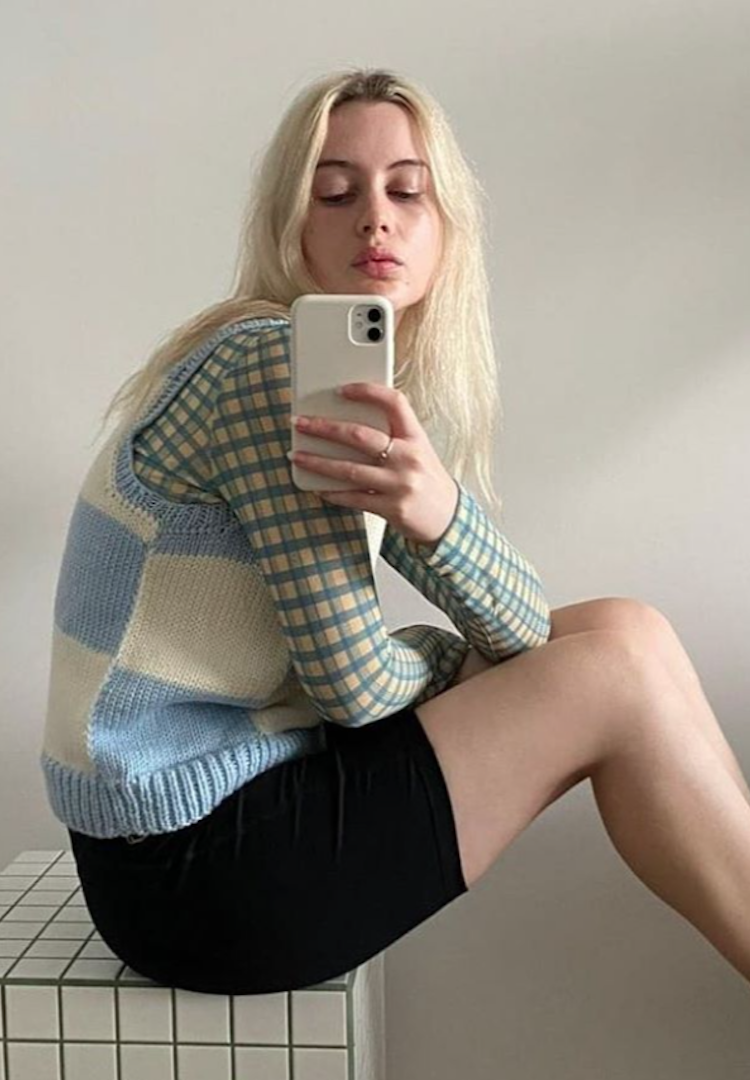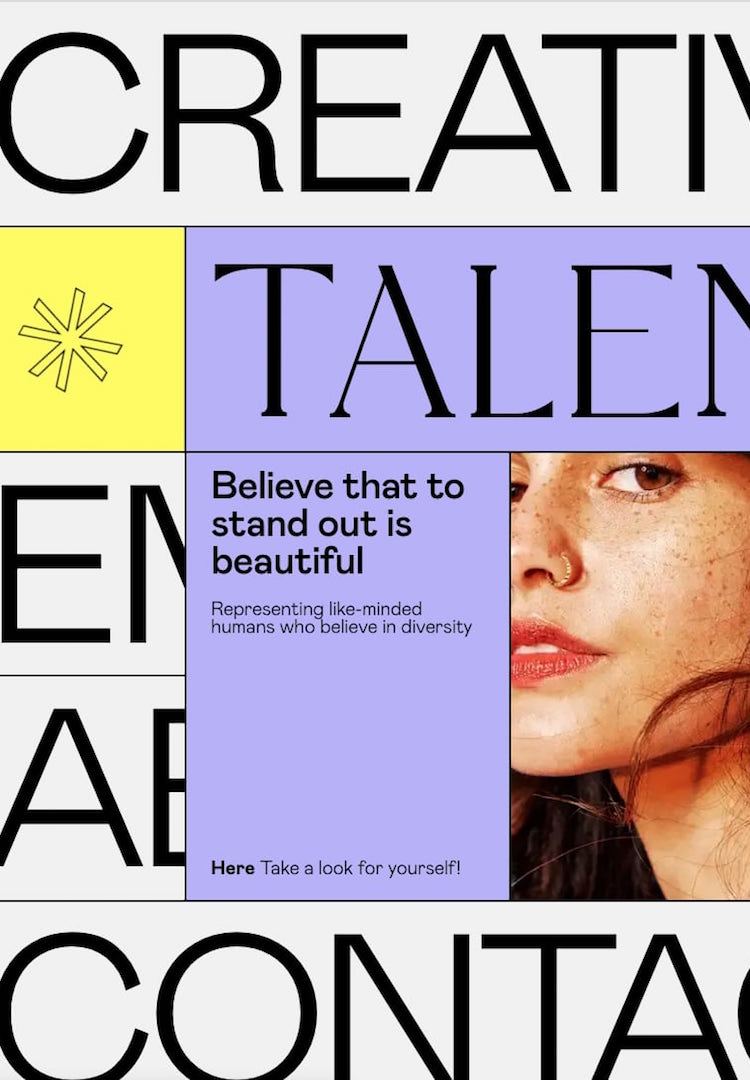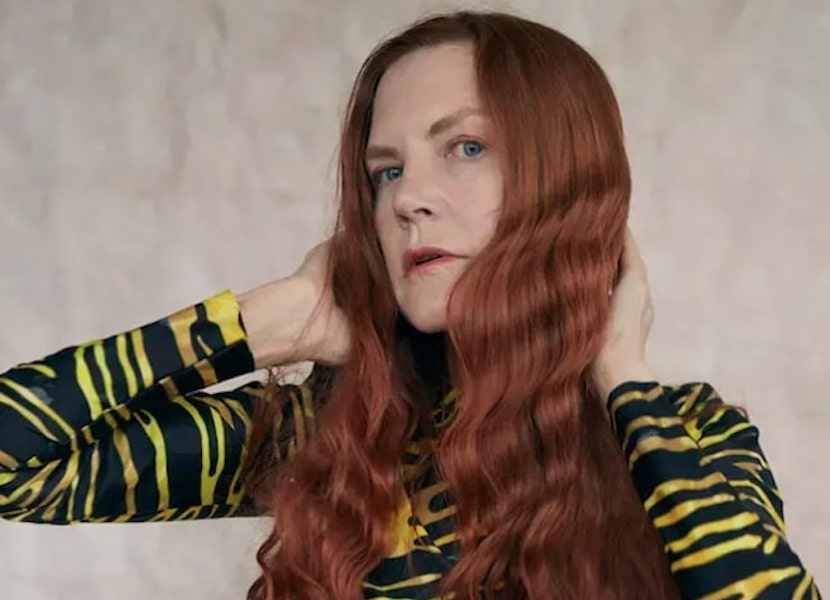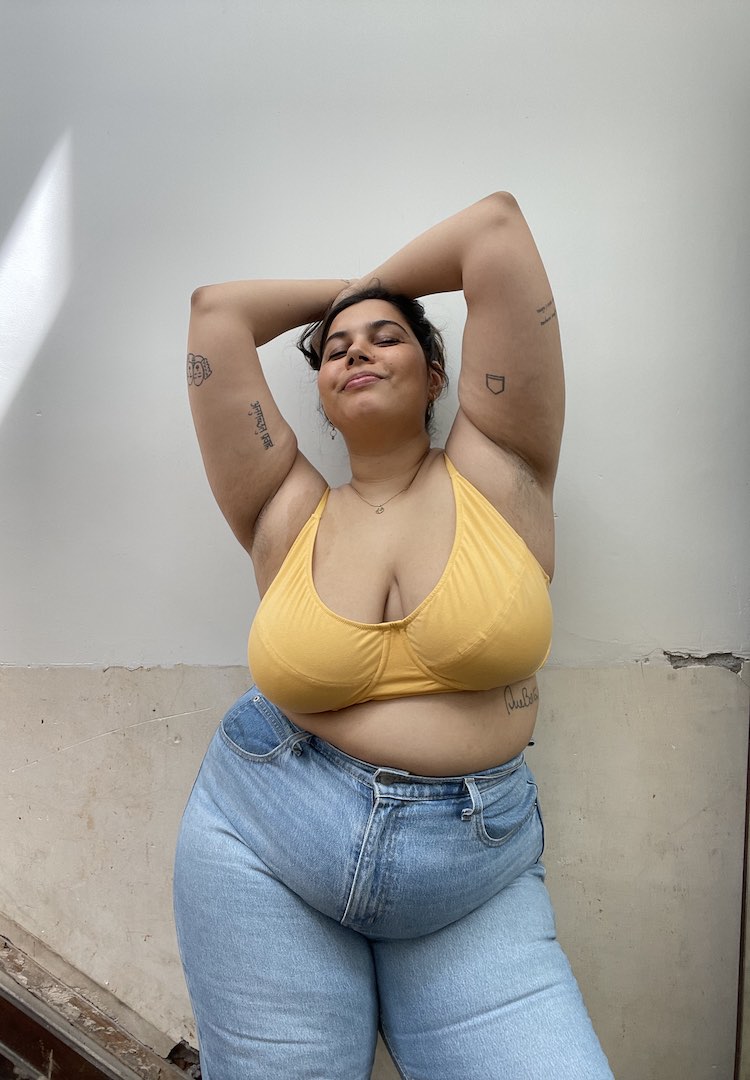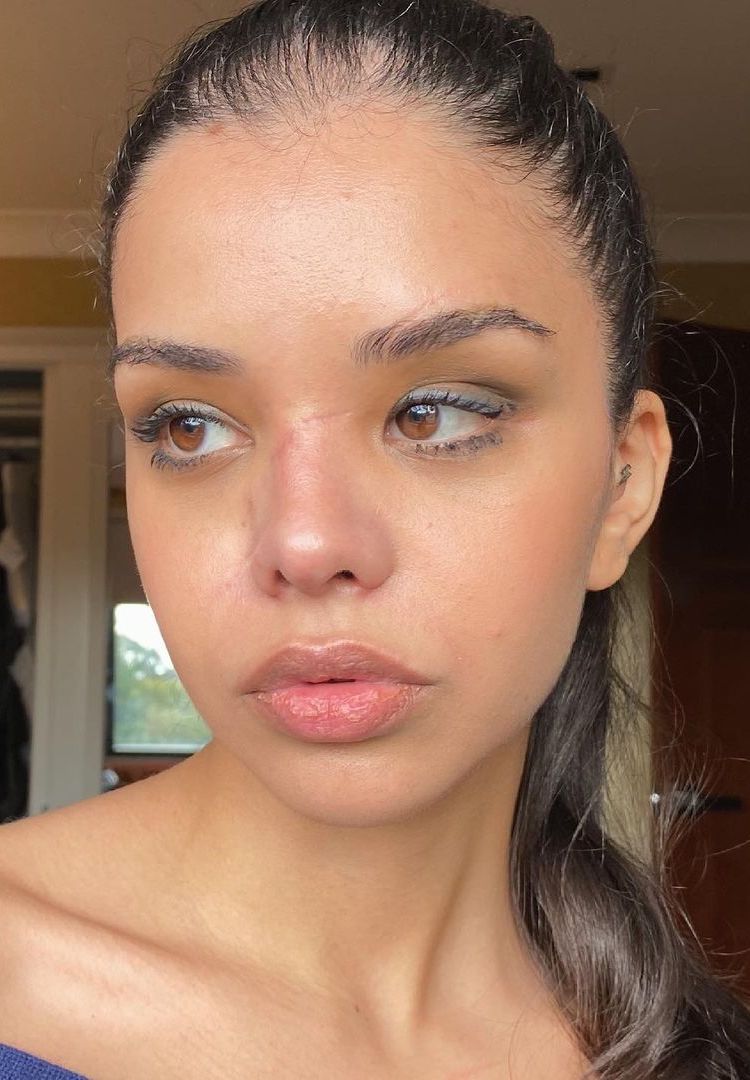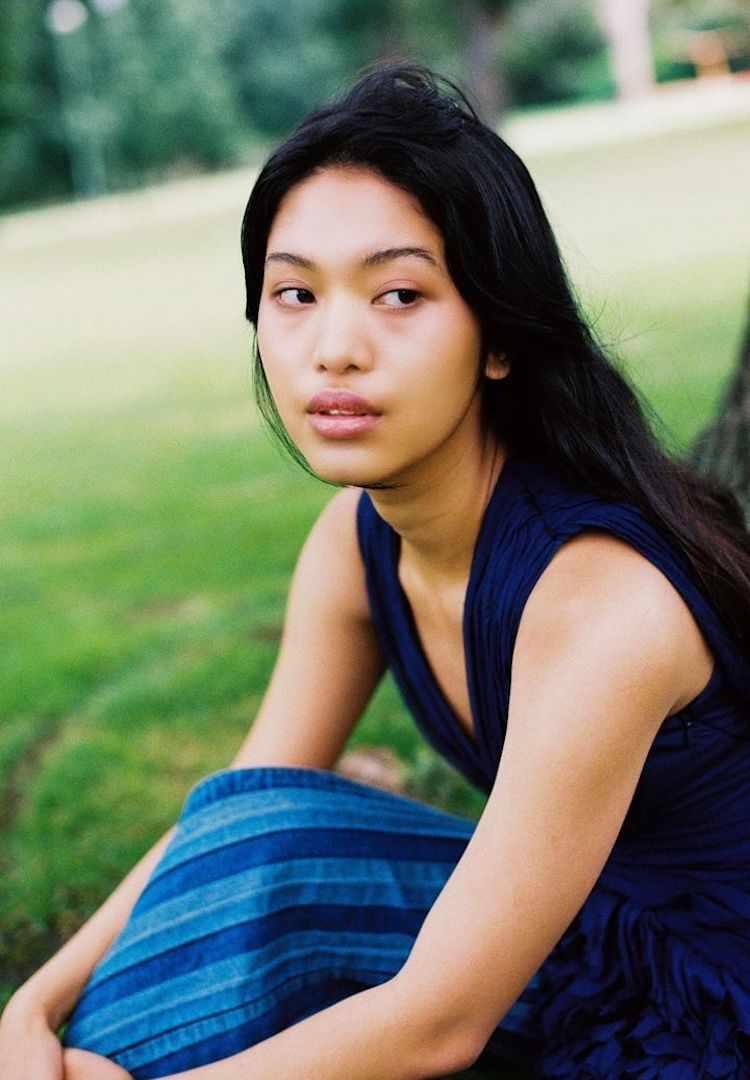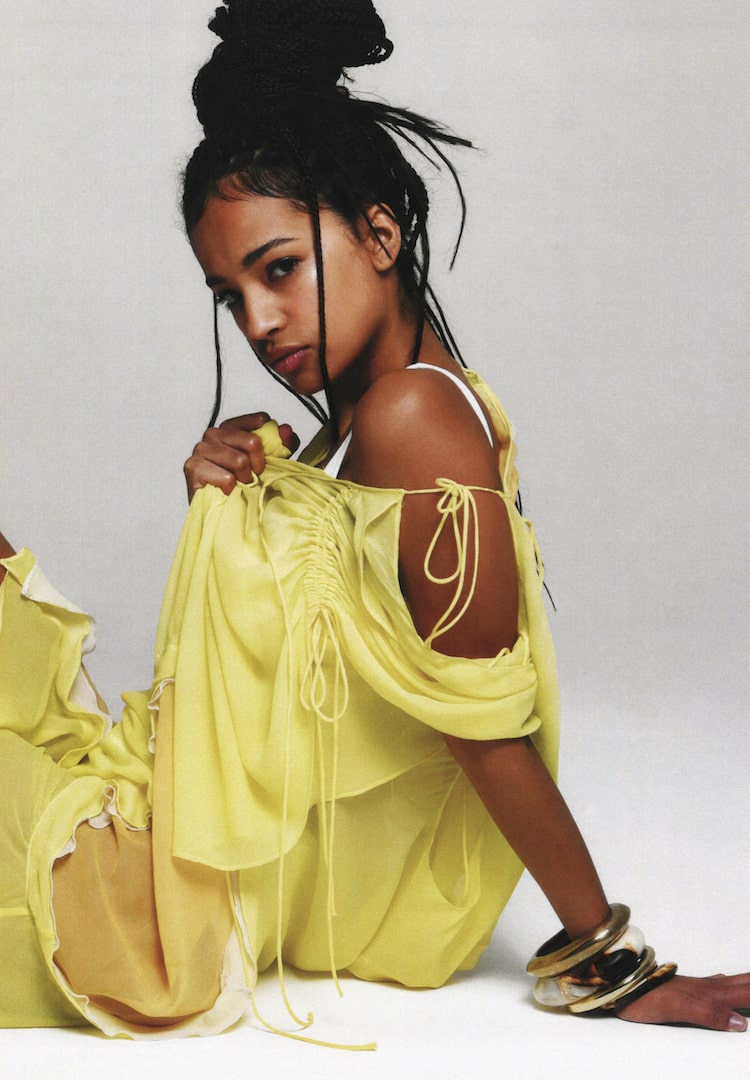Ageism is a serious issue and we need to start talking about it
PHOTOGRAPHY BY ELLIE COKER
WORDS BY TORI MATHISON
The lack of age diversity in fashion media is just as damaging as the lack of size diversity, but no one is talking about it.
In July this year, I turned 22. I spent the night before tossing and turning, in tears at the thought of getting older. Shedding my adolescence and departing from some dippy youthful ambivalence I’ve been conditioned to cherish maybe a little too much.
But as the closing track played on Doll Domination by the Pussycat Dolls and I was taken back to a simpler time, I contemplated what it was that actually scared me so much about growing up.
Over the past decade, we’ve seen some substantial shifts in terms of size diversity in fashion and beauty media, and many of us are challenging the way we’ve been taught to speak negatively about our weight.
And more recently, moves have been made to encourage racial diversity with the same objective of inclusivity. But while we advance, albeit slowly, in championing body positivity and eliminating systemic racism from the media landscape, the absence of age diversity is still very real and very damaging.
When we’re exposed to media that exclusively features young, lithe, white women, we’re conditioned to strive for exclusionary beauty ideals that only validate a small sector of the population and alienate the rest of the consumer market.
These media biases often result in eating disorders, identity issues and low self-esteem, but unlike size diversity and racial diversity, ageism is seldom talked about.
So, why are we not seeing the same conversations around age representation?
Most media outlets identify their core audience demographic as anywhere between 18 to 55. But with an ageing population, it’s a huge omission to not cater to the bulk of this audience. It also neglects to acknowledge the value in tapping into a consumer market that is also likely to have a higher income.
And as much as there’s a need to create greater visibility so older people can see themselves represented in mainstream media, increased visibility also allows younger people to develop healthier perceptions around ageing.
If we’re not depicting mature people as being beautiful or fashionable or relevant, by omission we’re saying they’re not. We know this from the conversations that are finally being had about the need for racial diversity and size diversity in the media: that visibility helps to both normalise and celebrate marginalised people and bodies.
Ageism is pervasive in marketing to young people
The skincare industry is especially guilty of pushing age-phobic ideas in the way they market skincare products. For anyone that indulges in multi-step skincare routines, self-care often becomes intertwined with anti-ageing. There are countless creams and lotions and serums that are marketed as a panacea to the ‘problem’ of ageing.
And unlike much older people who are shamelessly pitched exclusively anti-ageing products, as though showing your age is the worst thing one can do, younger people who are yet to have fine lines and wrinkles are marketed preservation products.
Retinol, arguably the most popular skincare ingredient of 2020, does just this. It pedals promises of improved skin health and the maintenance of a plump, soft, smooth, taut epidermis, but the hero side-effect is anti-aging.
The beauty industry’s celebration of youthfulness is toxic, and the manipulation of language on products fuels our ageing insecurities. It’s an unwinnable race that leads us down a path of painful self-scrutiny.
Where to from here?
In the past two years, there has been a notable increase in mature models featured in campaigns and on modelling agencies’ books.
Specialist agencies such as Silver Fox Management are solely dedicated to booking older models, and many brands, such as Lonely Label and Suk Workwear, have started to include mature models in fashion campaigns and editorials without suggesting that the clothing they’re spruiking is age-specific.
Jon Duval, the owner of Melbourne-based modelling agency Duval, believes that modelling agencies play a key role in the diversification of fashion and beauty media. As an authority on what’s trending, they certainly wield significant influence.
“I think it’s really up to the agencies. I firmly believe that. If you look at every agency there’s a particular style, and it’s all based on what the agent there is attracted to. What’s their perception of beauty. And I think that the owners of the agencies that dominate the industry have a particular style and they employ likeminded people that also have a similar style… Clients don’t know what’s beautiful. We tell them. They rely on us. And that’s why I’m saying it’s up to the agents,” he explains.
In a recent update to the Duval website, in an effort to encourage and normalise diversity, all talent now falls under one page, regardless of age, gender or race. It’s these unorthodox actions within a traditionally strict and binary industry that will result in the most tangible change.
Although modelling agencies and media executives still hold a considerable amount of power, as conscious consumers we need to remember not to buy into the ageist narrative. It’s totally okay to want to look after our skin, and treat it and ourselves well. But we need to be kind to ourselves and appreciate the beauty of being human, recognising that growing and ageing is an inherent part of that experience.

